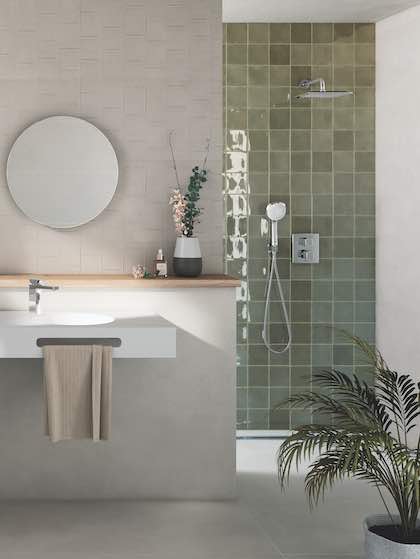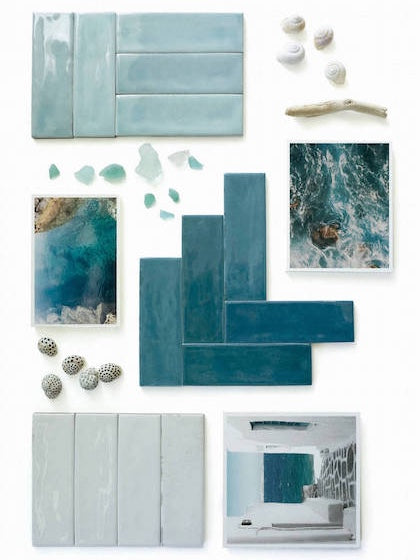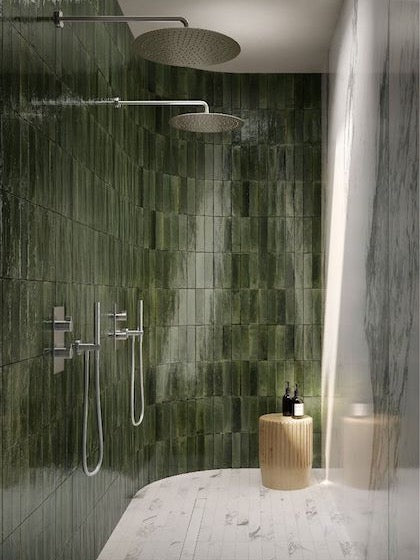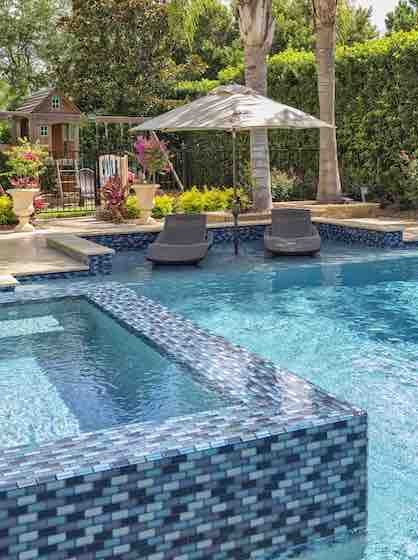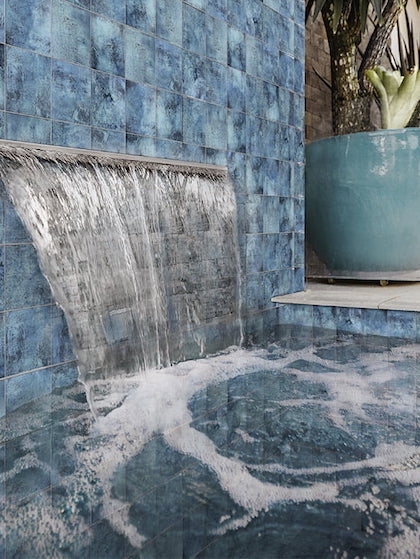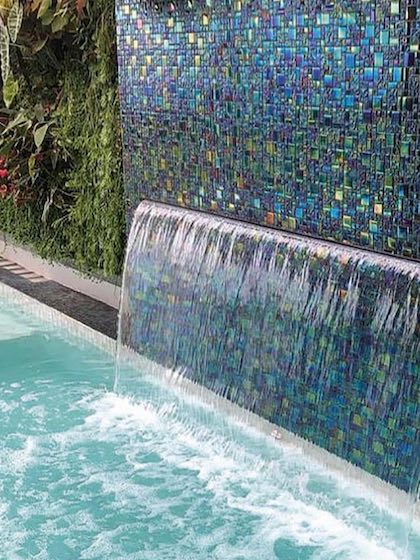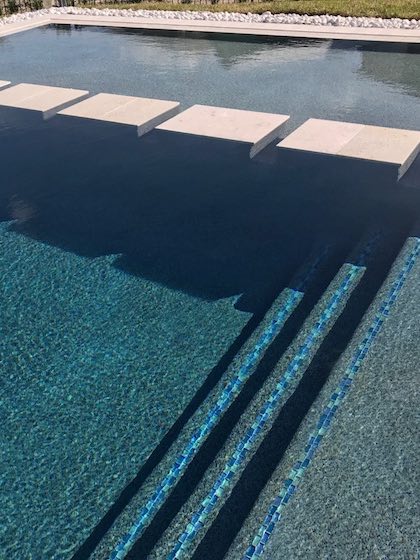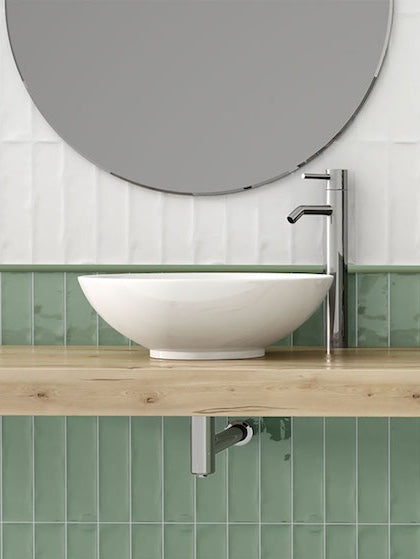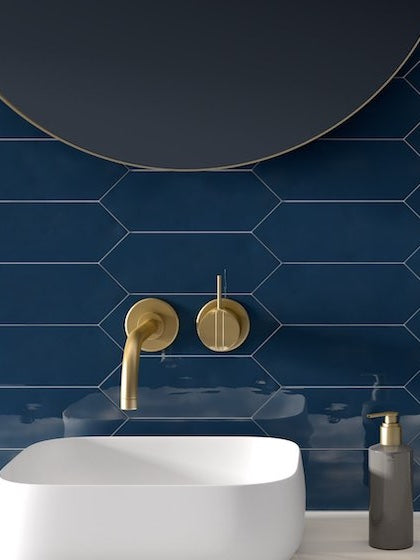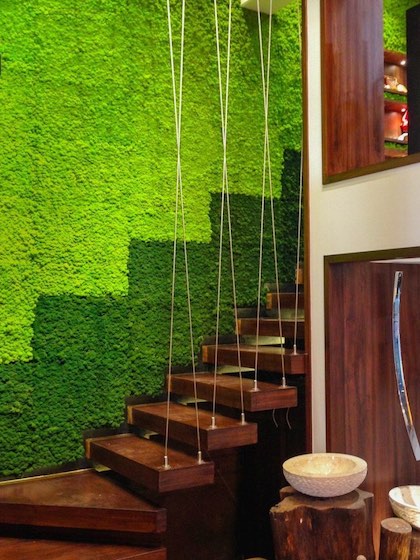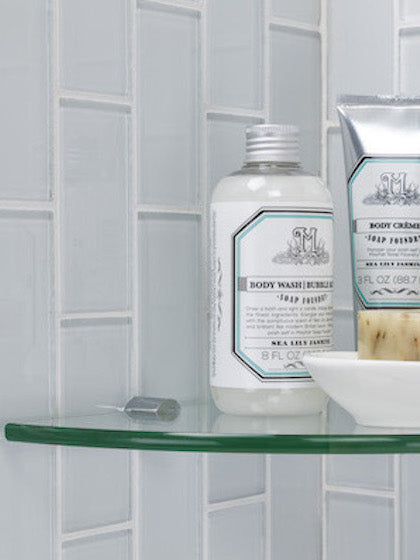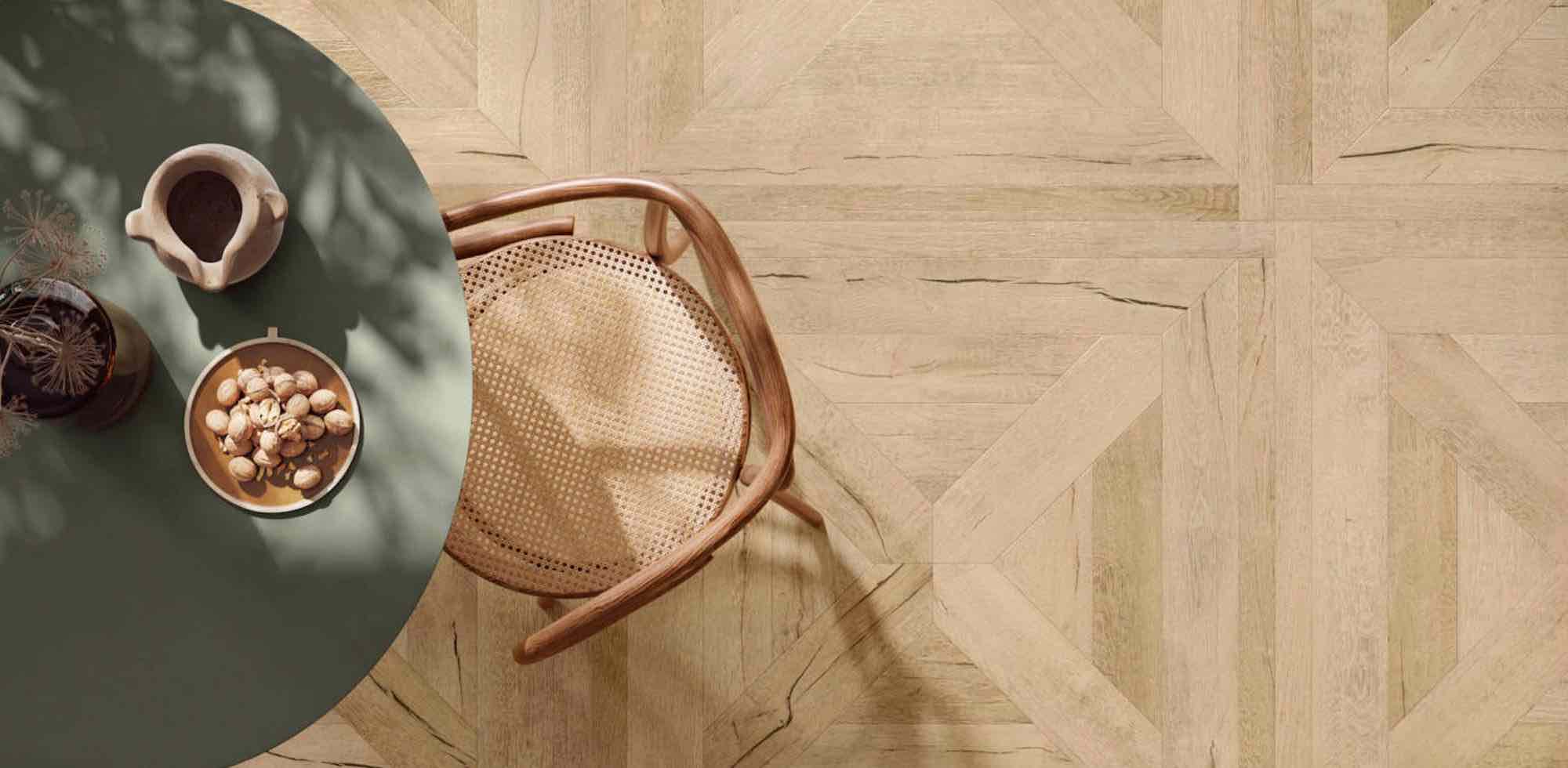What is Porcelain Tile?
The grand revolution in the ceramic sector occurred with the conception of Porcelain Tile a material that represents a new trend of the global market. This product brought modern and versatile characteristics by means of the polishing process and the introduction of glazing techniques, extending the use of ceramics to the domain of natural stones.
Porcelain tile is a extremely hard ceramic tile. Porcelain tile consists of a ceramic covering classified by Standard ISO 13006 (Bla), signifying a pressed material with absorption equal to or lower than 0.5%. It is obtain from raw materials of a high degree of purity, submitted to heat treatment (1,220°C) and compacting pressures higher than those used in the production of conventional mosaic tiles. High mechanical resistance and high resistance to scratching and chemical attacks characterize it, when compared with natural stones. Click here how to install tiles.
What are technical characteristics of Porcelain tile?
- - Water absorption
- - Mechanical resistance to bending and rupture load
- - Resistance to deep abrasion
- - Abrasion resistance
- - Resistance to scratches
- - Resistance to thermal shock
- - Resistance to freezing
- - Expansion by humidity (EPU)
- - Resistance to chemical attack
- - Resistance to friction
Comparisons of Porcelain with Natural Stone
Technically speaking, Porcelain tile is comparable with natural stone and with conventional ceramic covering, technical analyses in comparison to natural stones affirm the superiority of porcelain tile (table).
It can be observed that porcelain has the lowest deep abrasion factor, which signifies greater resistance to wear and tear.
The superiority of porcelain in terms of the bending resistance module (≥ 35 N/mm²) makes it more versatile as its applicability goes. Its hardness guarantees perfection in the cutting of the item, reducing losses in the manufacturing process, and permitting the use of the product as a design element in addition to normal laying conditions.
The thickness of porcelain represents an enormous advantage, since it facilitates the handling of the material during laying, as well as the transportation logistics.
The weight per m² relieves the load on the constructive framework, which represents an advantage, since modern constructions are more streamlined. Furthermore, the transportation cost is lower than that of stone mosaic tiles.
Porcelain's main differential lies in the versatility of finishing, since its systemization (firing) at 1220ºC permits the use of resources, such as soluble salts and double loading. This interferes directly in the perception of the beauty of the product. This firing feature is the differential between porcelain and natural stone. Check Aluminum Mosaic Tile Installation.
| Porcelain Tile | Natural Stone |
|---|---|
| Less Porous | More Porous |
| Less Absorption | Greater Absorption |
| Smaller Water Stain | Larger Water Stain |
| More Resistance | Less Resistance |
| Easy to cut | Difficult to cut |
| Less Thick | Thicker |
| Light framework | Heavy framework |
| Less expensive freight | More expensive freight |
| Less expensive labor | More expensive labor |
| Less expensive laying system | More expensive laying system |
| Stains less | Stains more |
| Scratches less | Scratches more |
| Ecologically Correct | Ecologically destructive |

